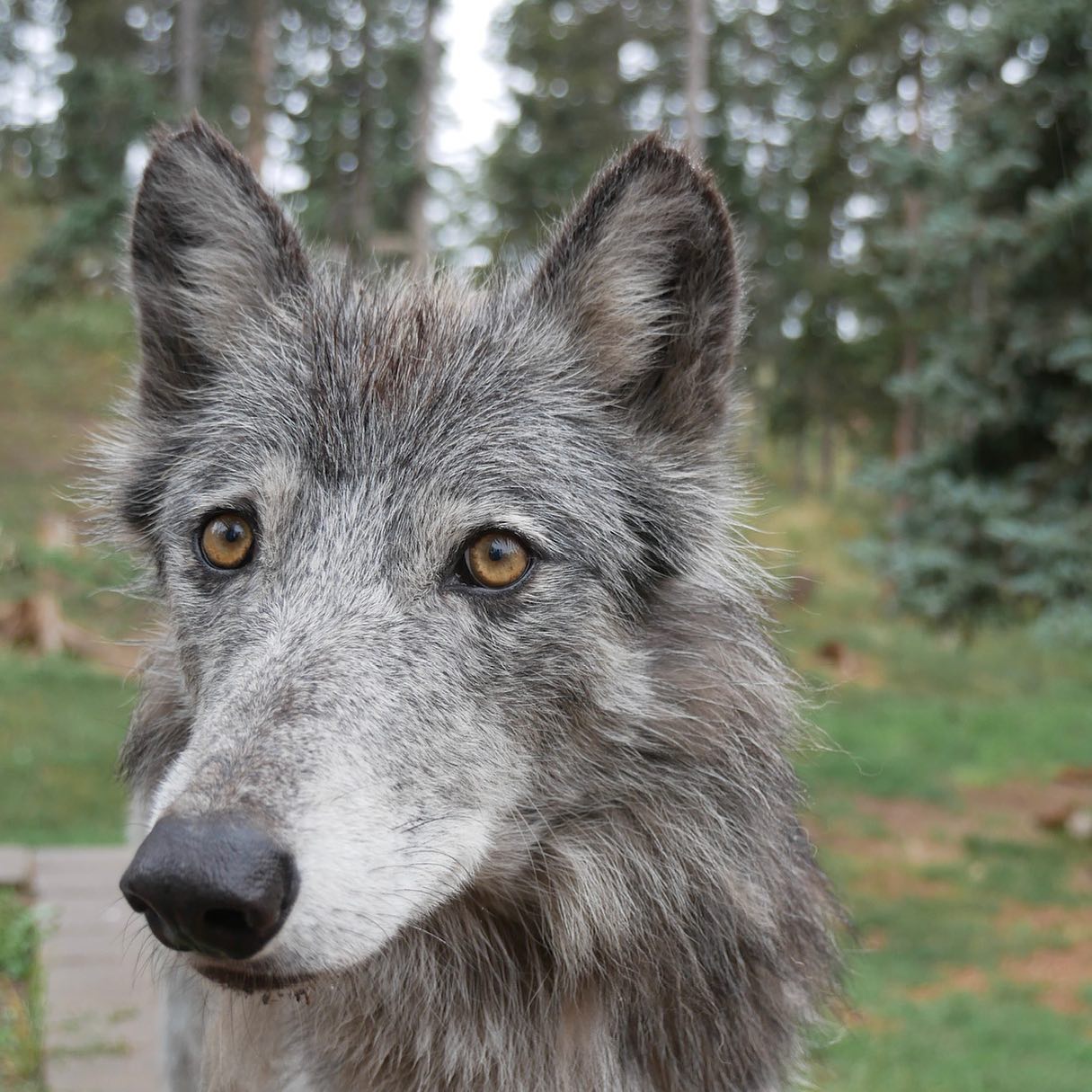The Mystical Transformation of Wolves: Exploring the Enigmatic Phasing Process
Summary:
– Wolves are born dark brown or black but undergo a fascinating phasing process as they mature.
– Black phase wolves may turn gray as they age, exhibiting a captivating gradual transformation.
– Chakra serves as an excellent example of this mesmerizing phasing phenomenon.
Have you ever wondered about the mystical transformation wolves undergo as they age? Wolves, often portrayed as majestic and mysterious creatures, possess a unique trait that sets them apart from other canids. Though all wolves are born a very dark brown or black, they eventually transition into a new phase, shedding their original coat. Today, we embark on a captivating journey to explore the enigmatic process of wolf phasing, focusing on the mesmerizing transformation of one remarkable black phase wolf named Chakra.
Picture this: a litter of adorable wolf pups, their dark brown or black fur glistening under the moonlit sky. Nature has bestowed them an appearance that perfectly blends with their surroundings, ensuring stealth and survival. However, their coats gradually shift as they mature, revealing a captivating metamorphosis that leaves us in awe.
The phenomenon of wolf phasing is truly a sight to behold. The black phase wolves, known for their strikingly dark fur, possess a certain allure that captures the imagination of wolf enthusiasts worldwide. Their initial coat color allows them to seamlessly hide in dense forests and night landscapes, blending with the shadows as they stalk their prey.
But what happens when the black phase wolves grow older? As the years pass by, an intriguing transformation begins to take shape. Many of these magnificent creatures develop a mesmerizing array of shades, with their once pitch-black fur transitioning into various hues of gray. Thus, their fur once used as a camouflage tool, is now a visual testament to their incredible journey through life.
Chakra, a living embodiment of this gradual phasing process, epitomizes the beauty of this transition. From the moment he expels his first breath, his appearance instantaneously captivates onlookers. His coat, a deep ebony, commands attention and respect. As Chakra ages, the inky hue of his fur begins to yield to the passing of time, revealing strands of gray that lace through the obsidian tapestry.
This gradual shift from black to gray on a black-phase wolf is mesmerizing. It serves as a visual metaphor for the wolf’s life story, where time leaves its mark, shaping the very essence of their existence. Like the wisest of sages, Chakra’s graying fur speaks volumes about his experiences and the wisdom he has gained along his journey.
The phasing process in black phase wolves is a reminder that transformation is an intrinsic part of life. Just as wolves adapt to their ever-changing surroundings, humans, too, can draw inspiration from their remarkable journey. We can learn the value of embracing change, evolving, and growing as individuals.
Next time you encounter a black phase wolf, take a moment to appreciate the beauty held within their captivating transformation. Marvel at the effortless transition from darkness to a symphony of grays, symbolizing wisdom, resilience, and the abundant wonders of the natural world. Let the mystical phasing process of these remarkable creatures awaken a sense of wonder and appreciation for the awe-inspiring spectacle of life itself.
In conclusion, the phasing process of wolves presents an enchanting tale of transformation. Observing how black phase wolves, such as Chakra, transition from their initial dark coats to a mesmerizing array of grays is a testament to the fascinating nature of the animal kingdom. As we embrace the mysteries of wildlife, let us find inspiration in the beauty of these creatures and the knowledge they impart to us.
*****
Source Description
Though all wolves are born a very dark brown or black color, they all phase out as they age. Black phase wolves often get grayer as the years go by. Chakra is a great example of this gradual phasing.

